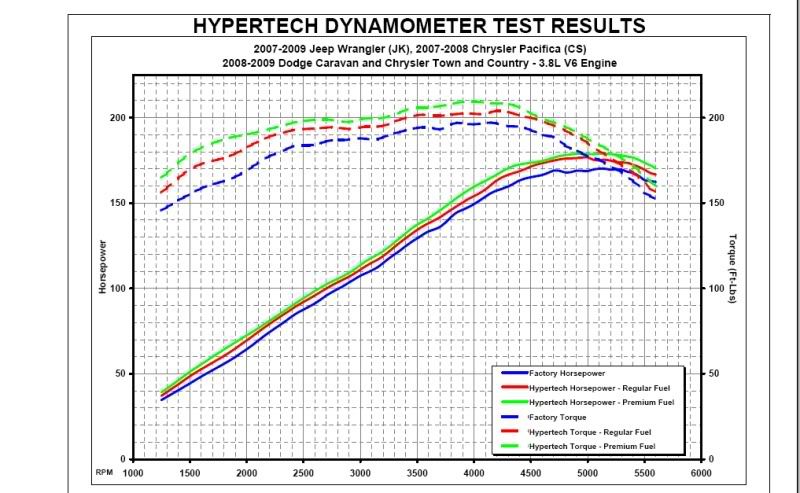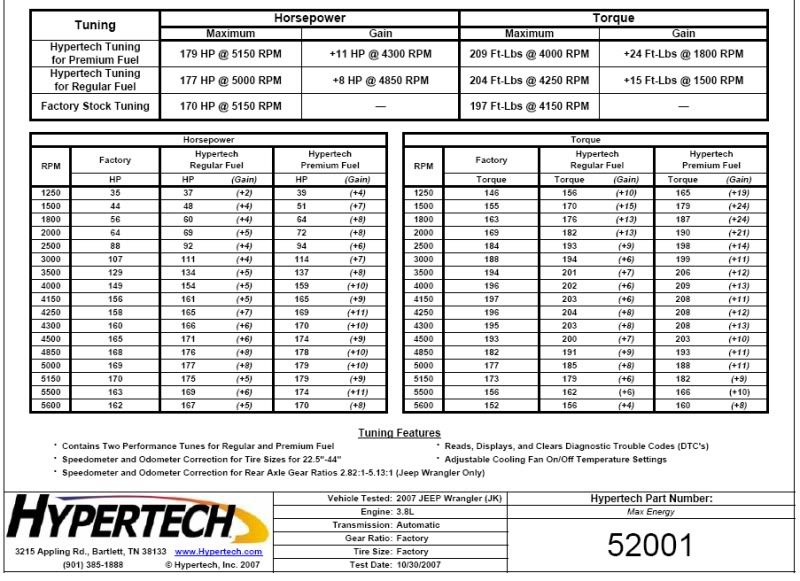I have never seen a post about properly installed gears on a JK failing with 37" or smaller tires unless it was part of a catastrophic failure that would have damaged any size gears.
So, the evidence would suggest that the gearset is not the weak link in JK axles and you shouldn't worry about putting 5.13s in a JK Dana 30, or 5.38s in a JK Dana 44. If you have seen a compelling number of JK gearset failures due to small gear teeth, please point them at least one out to me on any forum.
As a result, with an automatic, I'd go absolutely as low as you can go. For a Rubi, that is 5.38s, for a non-Rubi, that is 5.13s.
The JK engines require higher rpm levels than the old 4.0L TJ engines. They really need to be run over 2500 rpm at highway speeds to produce enough rear wheel horsepower to drive in windy situations, towing, up grades, or at higher elevations to avoid flashing the converter (downshifting with tranny slip that revs the rpm levels higher than they would otherwise be in just 3rd gear with the overdrive off). I am not an engineer or a rocket scientist, but I can tell you that 64 rear wheel horsepower at 2k rpm is not adequate to roll 35" tires on a non-aerodynamic brick of a lifted JK in windy, towing, graded/hilly, or higher elevation (i.e. Rocky Mountain West) situation. Maybe on low elevation, flat highways, on 2 doors, with little or no lift 64 rear wheel horspower at 2k rpm is sufficient, but not for the rest of us.
Gas mileage will improve for automatics that run at 2500 rpm at highway speeds due to the reduced flashing of the converter (downshifting, etc.).
This is not opinion or casual observation. Clearly, the automatic JKs are undergeared stock and the Rubi's should have come with 4.56s or 4.88s stock.
Here is the evidence of the JK rear wheel horspower at different rpm levels:
Here are the rpm levels by tranny type, gear, and tire size (notice that the rpm levels of 5.38s are barely more than 5.13s, making 5.38s preferable with an automatic Rubi with 35" or taller tires):








